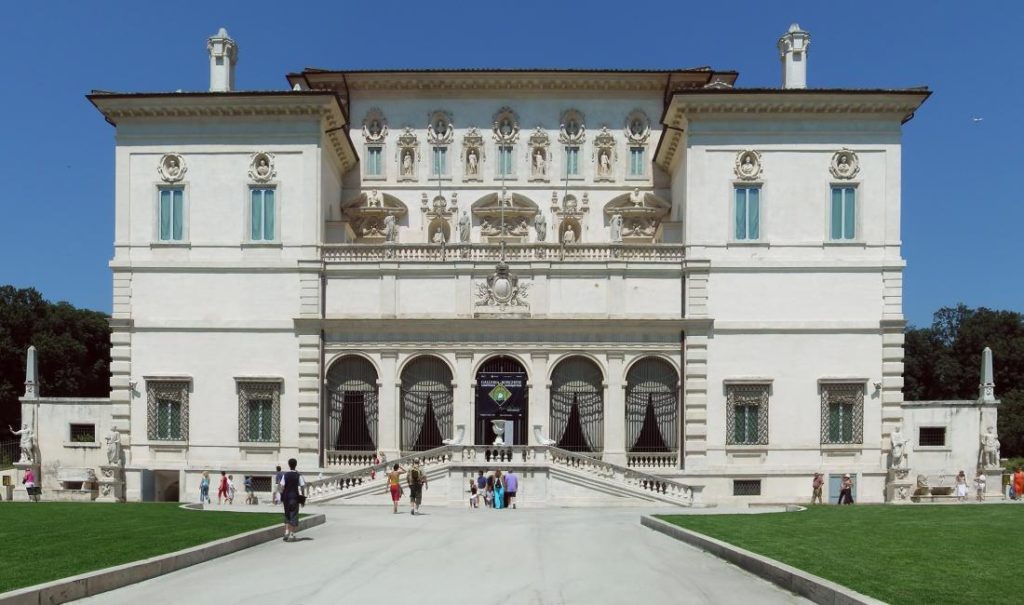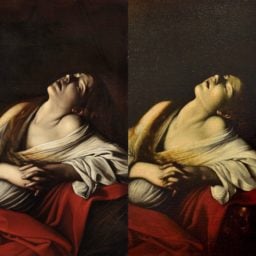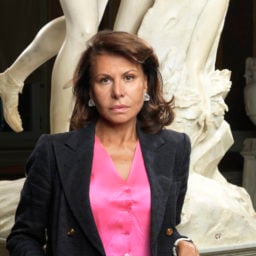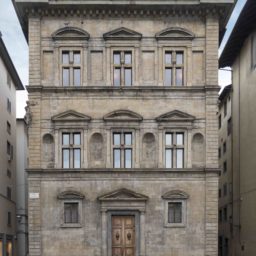Rome’s Galleria Borghese, with support form Italian luxury brand Fendi, is launching a new institute dedicated to preserving and disseminating the legacy and works of Italian master painter Caravaggio. The institute, slated to open in three years’ time, will consist of a center for studies, diagnostics, and art-historical research. It will also launch a complete online database with information about the artist and his works, as well as an international exhibition program.
The museum and the luxury brand signed a three-year partnership deal with the aim to make the new institute in Rome the go-to point of reference for all things Caravaggio. The initiative comes amid some high-profile controversies over the authenticity of some of his recently discovered works.

Caravaggio, David with The Head of Goliath, (1610). Copyright Ministry of Cultural Heritage and Activities and Tourism and Galleria Borghese.
The prestigious Galleria Borghese is guardian of some of the most important Caravaggio works in the world, including the Boy with a Basket of Fruit (1593-94), Saint Jerome (1605), and David with the Head of Goliath (1610). In fact, these three works will be exhibited from November 21 at the Getty Museum in Los Angeles—a first step for the new institute’s program—before traveling to East Asia.
Although a luxury fashion brand might seem like an unlikely benefactor for a heady art historical research initiative, this is not the first time Fendi has supported Italian cultural patrimony. Over the past few years, the fashion house has shelled out around €10 million ($12 million) to support major art and heritage projects around the city of Rome, most recently the restoration of the iconic Trevi Fountain in 2015. “It is increasingly a fundamental value, as well as a moral one, for Fendi to enhance, support, and export Italian art and beauty in the world,” said Pietro Beccari, the label’s CEO, in a statement.
With €1.3 million ($1.56 million) in funds from Fendi, the new institute will build a professional digital platform that will include a specialized database with technical documentation to support comparative analyses of works. (Such research includes infrared photographs, stereomicroscope examinations, UVA analysis, and mapping of execution traces.)
This centralized think-tank is sorely needed, according to the Galleria Borghese’s director Anna Coliva. “This database is the tool that up until now was missing for such an important artist, fundamental in the history of art,” Coliva tells artnet News in an email, “The project was designed carefully over the course of four years of work, in order to make it the most complex and comprehensive tool available.”
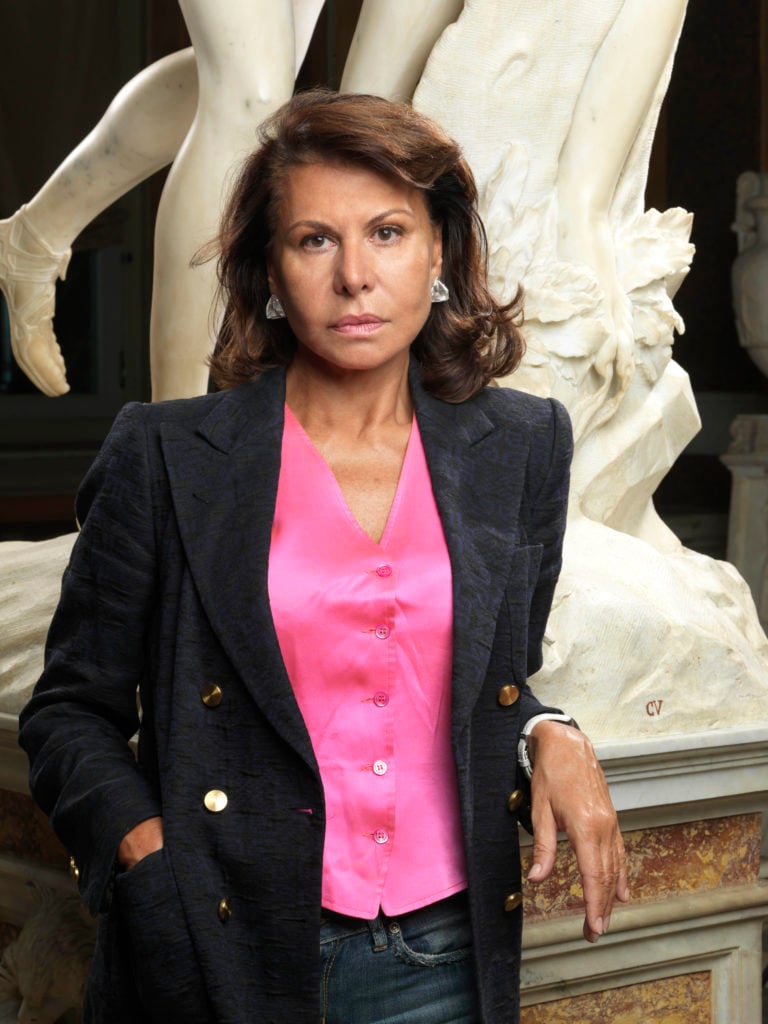
Anna Coliva, Director of Galleria Borghese. Courtesy Galleria Borghese.
Indeed, it was big news when a purported never-before-seen Caravaggio was found behind a wall in a house in France in 2014. The owner was reportedly investigating a leak when he came across the painting, which has since been valued at €120 million ($143 million). Some hailed the work as the long-lost companion to Caravaggio’s Judith Beheading Holofernes, but many, including Coliva, doubt its authenticity.
“My opinion–which is largely shared among experts–is that it is difficult to explain why there was so much debate in the media,” Coliva continues, “Any scholar of Caravaggio’s art can recognize the painting and see that it is a fine work by Louis Finson, a painting that was never intended as being anything else, even though it became the subject of an inexplicable media furore. Perhaps it was purposely induced?”
The Italian painter is a master of the “chiaroscuro” technique of deep contrasts of light and shadow. He had a turbulent life replete with drinking, womanizing, and fighting (he also may have murdered someone), before an untimely death that remains shrouded in mystery.
